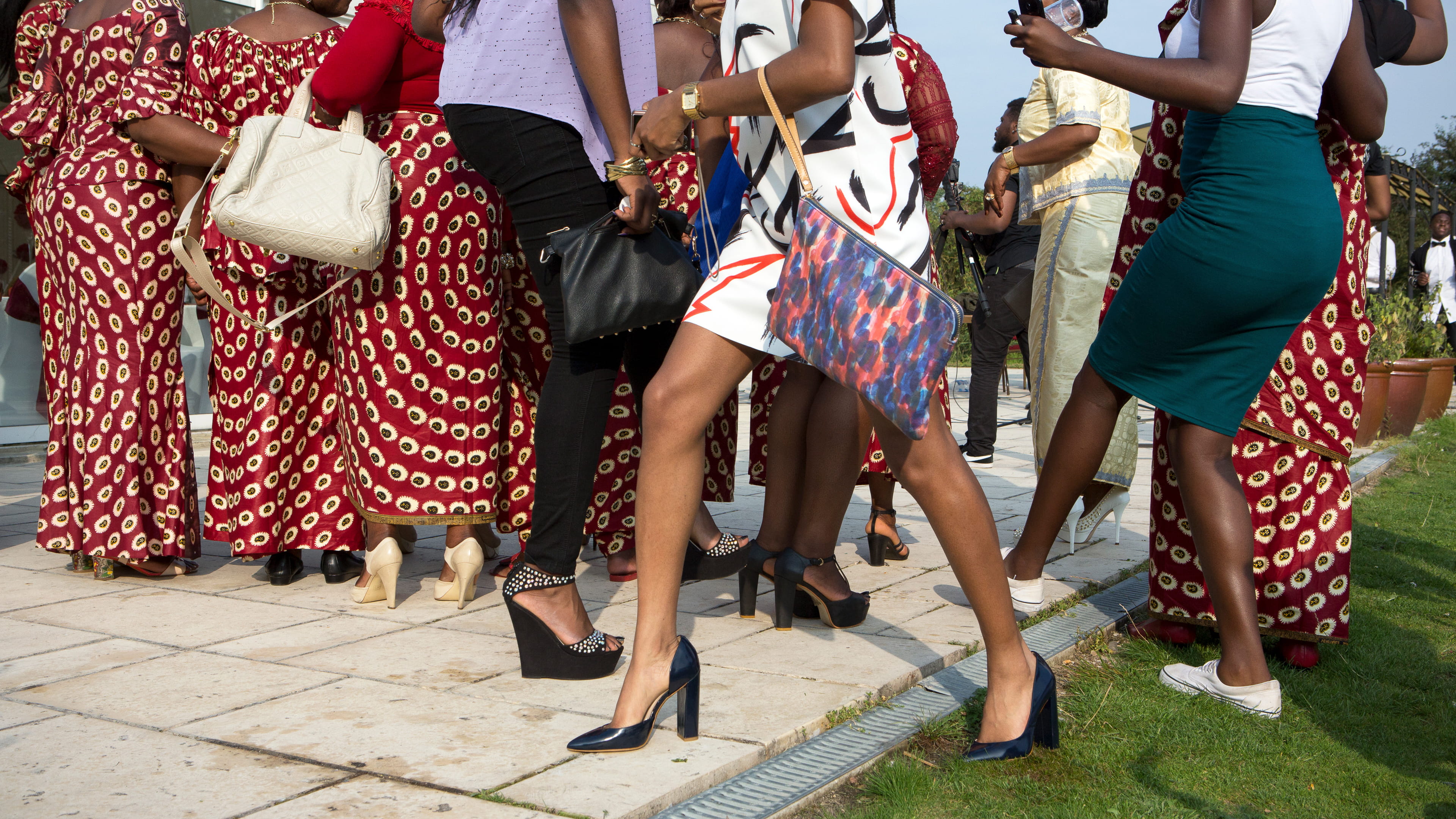
At that time, the Jeu de Paume was a thoroughfare for stolen art, some of which was to be shipped to the "Führermuseum" Hitler had planned to create. An assiduous documenter and passionate scholar, Valland took careful notes about every object that arrived at the museum, building a secret, yet stunning archive with information about the artworks and details of their journeys.
For four years, during which time she was not only fired several times but also threatened with torture and death, Valland pretended she didn’t know German, painstakingly recorded everything she witnessed, and meticulously hid her vigorous disdain for the Nazis-turned-art connoisseurs, whose paths she anxiously crossed each day at the museum. She kept sending her undercover reports to her "partner in crime" Jacques Jaujard, director of the Louvre, in a dangerous joint mission that can be said to have truly “saved some of the beauty of the world”.
Carmen, member support manager

For me, to be black is to get lost on a cold evening in Buenos Aires, and be taken in for a cup of maté by a dreadlocked man with a sun-bright smile. To be able to dance to the same afrobeats songs with strangers in Oslo, Entebbe, Cape Town, or California. To have a cherished memory of kissing a fellow daughter of Osun, she Brazilian and me Nigerian, at Stonewall Inn in New York, with the approving whoops of sisters from God-knows-which parts of the world washing over us. It’s a beautiful gift, black life. I know it because I’m living one.
OluTimehin, Othering correspondent

If so many of us hate offices so much, where did they come from? Why are they still around? And will they be around much longer in a post-pandemic world in which many office workers have become too comfortable in sweatpants? This article by Catherine Nixey is anything but grey and drab as it answers these questions.
Shaun, copy editor
The best of The Correspondent
 What racism really is (hint: it’s not your attitude or belief)
Our obsession with racist attitudes can obscure the fact that racism is a system, devised to justify slavery, with a hierarchy that still defines the value of our lives today – that’s why you can be racist without being a racist.
What racism really is (hint: it’s not your attitude or belief)
Our obsession with racist attitudes can obscure the fact that racism is a system, devised to justify slavery, with a hierarchy that still defines the value of our lives today – that’s why you can be racist without being a racist.
 In praise of doubt: we should be less sure about everything. Right?
Talking heads spout forth online and in the media, each new opinion seemingly more assertive than the last. But the world is full of uncertainty. If you want to make better decisions, dare to doubt, embrace unpredictability and learn to think like a fox.
In praise of doubt: we should be less sure about everything. Right?
Talking heads spout forth online and in the media, each new opinion seemingly more assertive than the last. But the world is full of uncertainty. If you want to make better decisions, dare to doubt, embrace unpredictability and learn to think like a fox.
 Coronavirus apps show governments can no longer do without Apple or Google
Google and Apple forced governments to follow tighter privacy standards for coronavirus contact-tracing apps. This sounds like good news, but it also reveals our dependency on Big Tech.
Coronavirus apps show governments can no longer do without Apple or Google
Google and Apple forced governments to follow tighter privacy standards for coronavirus contact-tracing apps. This sounds like good news, but it also reveals our dependency on Big Tech.


